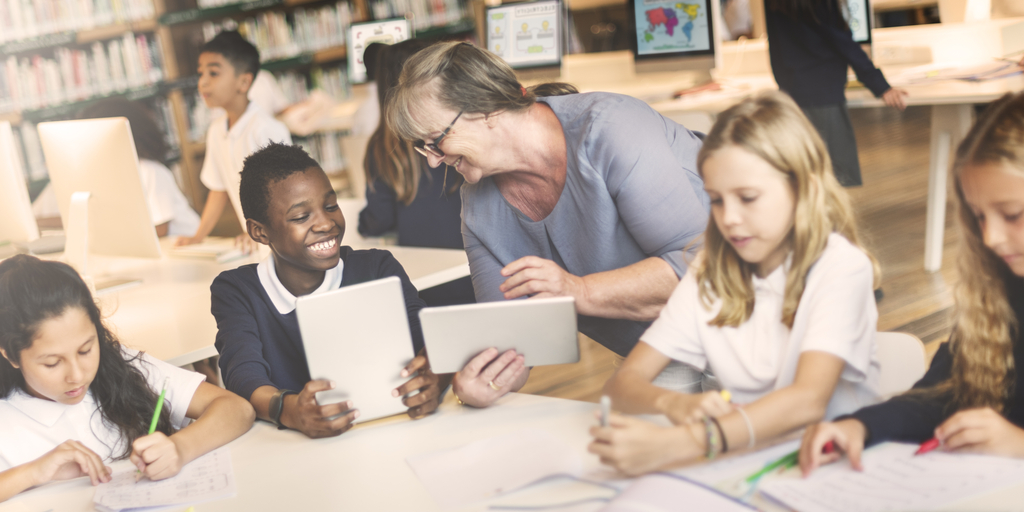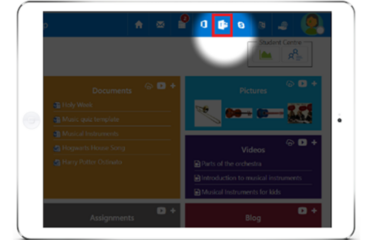
It’s 2 months since the British economy and schooling system went into shutdown and longer for other countries in Europe and Asia. There has been uncountable number of articles, video, TV documentaries and analysis carried out on this new trend of “home schooling”, “virtual learning” or “digital transformation”. This is all to say that in a matter of months, the education system has transformed from being an onsite, face to face, classroom-based system to one that is carried at home, virtually over the internet.
While it may seem like this right now, to say that education has become virtual overnight is an insult to all those wonderful teachers and transformational leaders who had the vision over the past 10 – 15 years to create a more resilient system that strives to become ever more inclusive, and ever more accommodating for learners of different standards, abilities and interests.
What today looks like virtual learning and virtual schooling is actually one element of an integrated learning program coming to the fore and becoming visible to all (and for the first time to some). The advances in technology infrastructure has definitely helped in some countries, but in other countries despite the lack of good technology infrastructure, the vision, foresight and perseverance of countless number of teachers and education ministers to integrate technology, however basic, is bearing fruit today.
Some governments like the visionary government of Wales in 2010 created a vision for digital wales, creating a world class technology platform called Hwb that for the first time across the four British nations, and worldwide, created a national education system that integrated digital (online) and physical (offline) education delivery. Considered a world leading initiative by many education experts, the main outcome following almost a decade of use, from today’s perspective is that students & teachers across Wales are far more comfortable and at ease using technology to enhance delivery.
Other governments like the ones of Asia Pacific, Africa and Latin America, owing to the limitations of infrastructure have initially embraced digital resources such as Wikipedia, Khan Academy and others. In addition, billions of dollars have been invested or earmarked to upgrade their telecoms infrastructure and to support teachers with an integrated set of digital tools into their onsite delivery of curricula.
So perhaps, instead of calling this the Virtual revolution or digital transformation, it is time to perhaps think of this as an integrated learning system, that works both online and offline.
In my next blog, I shall cover What Integrated Learning could look like for the economies of tomorrow. Until then, stay safe, keep reading and keep learning!



